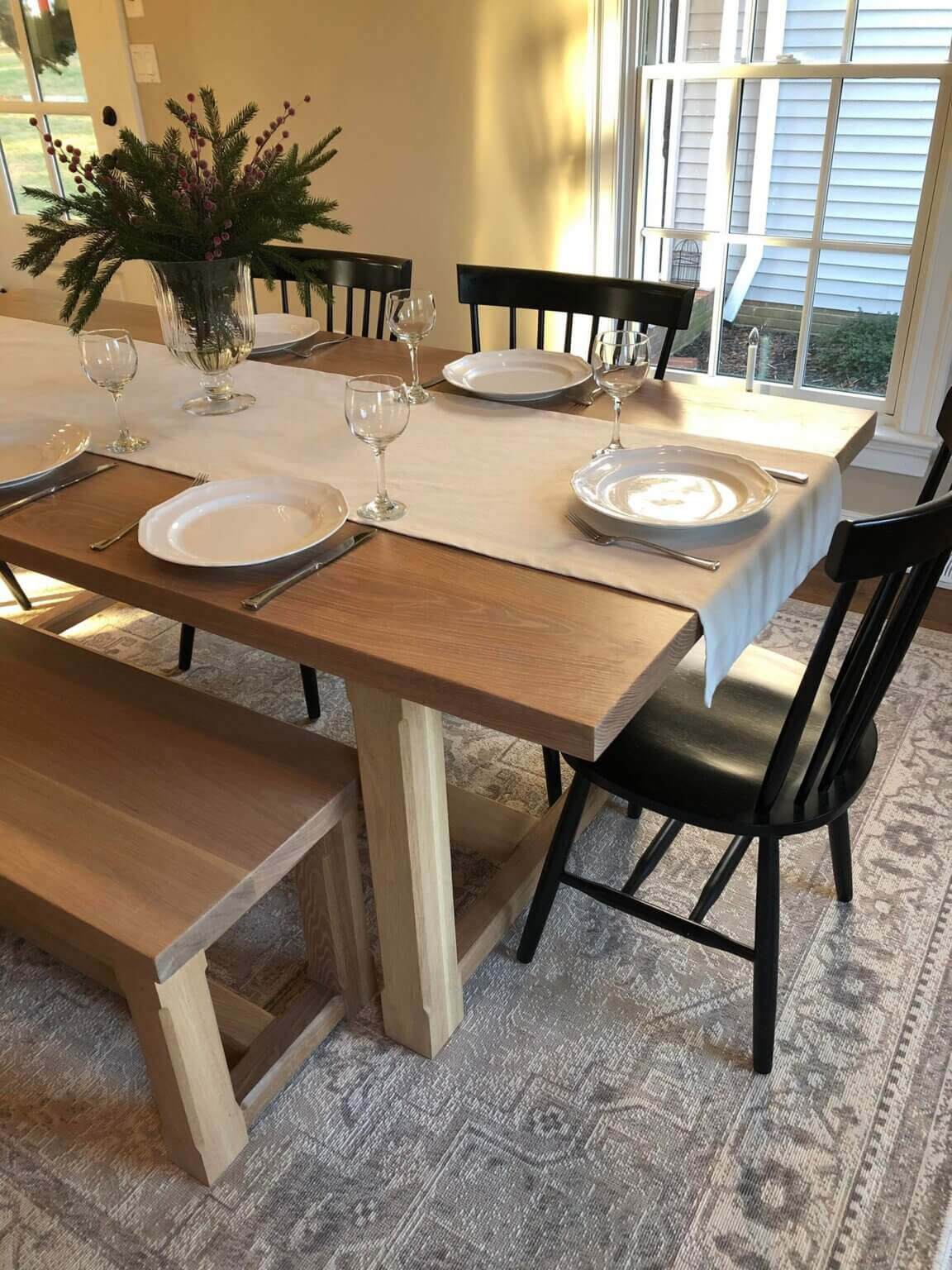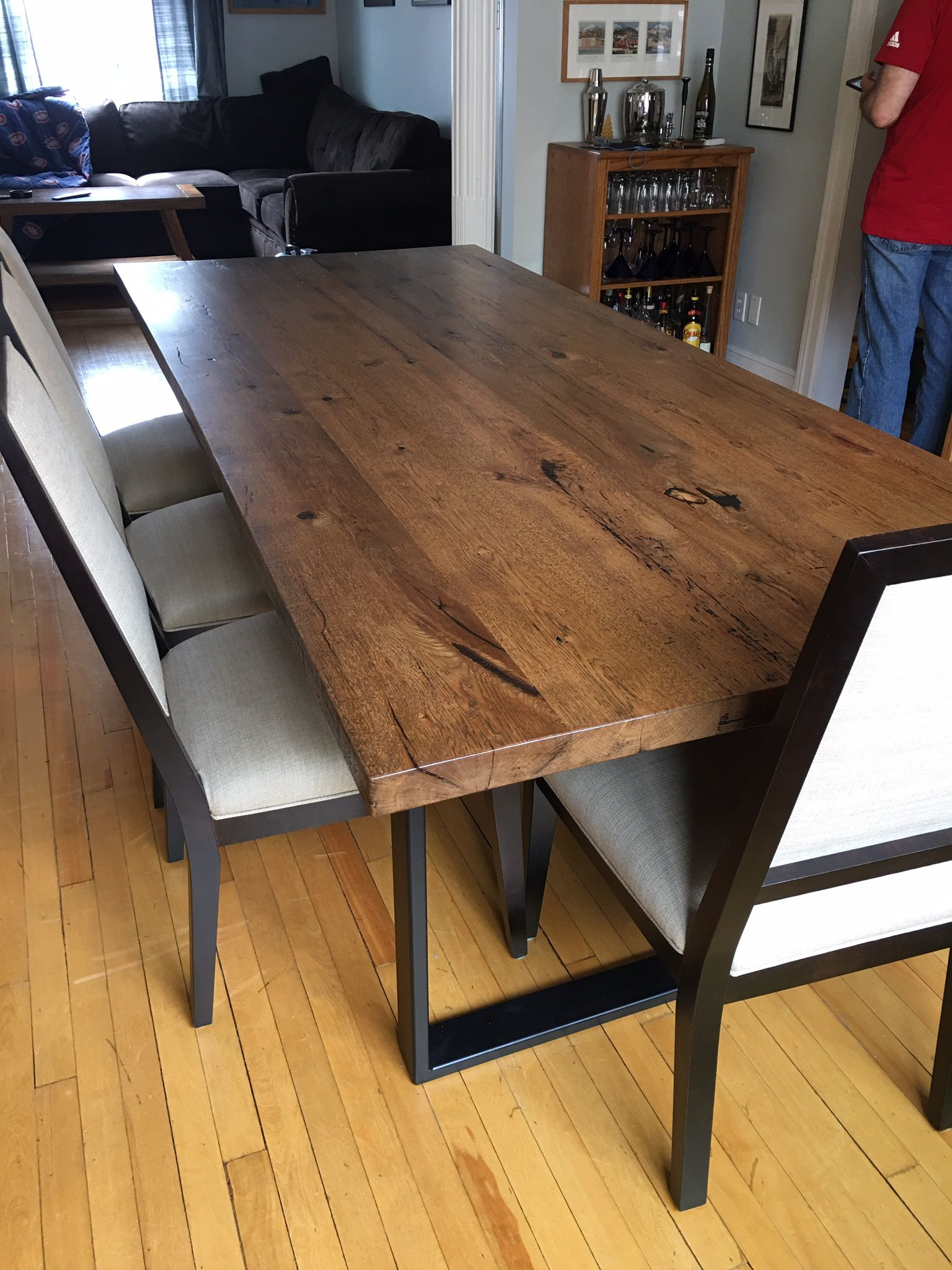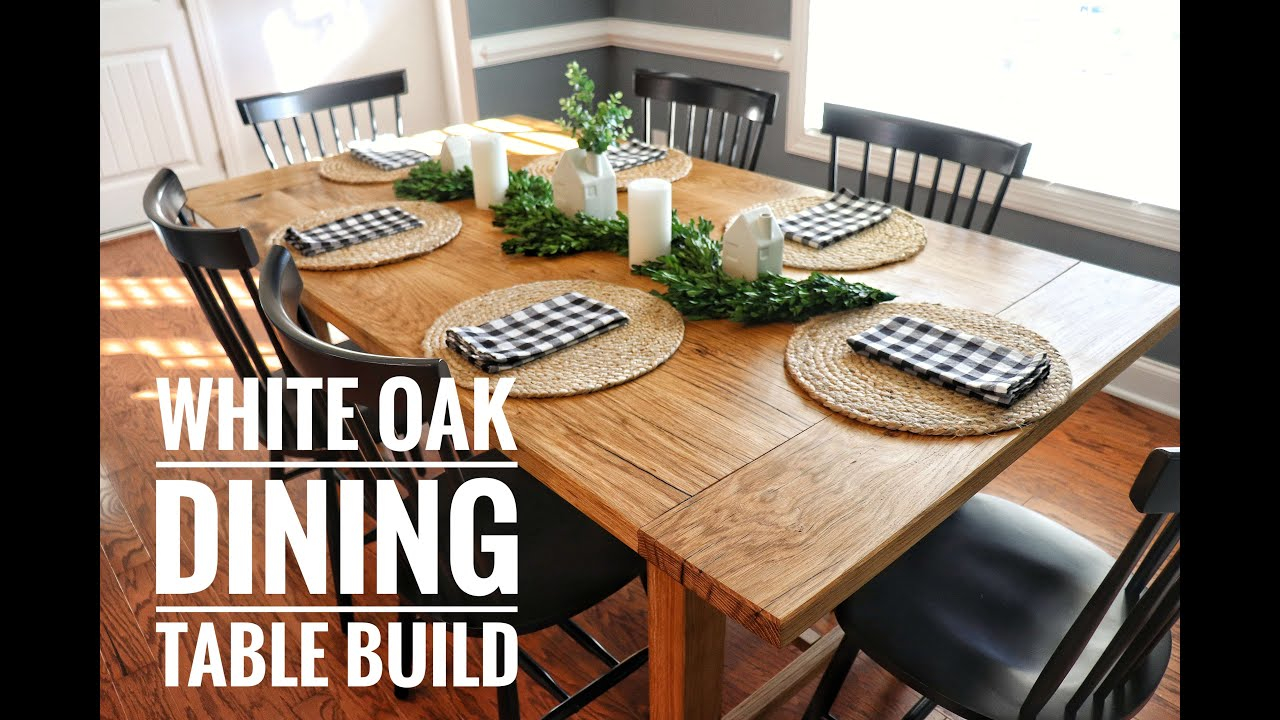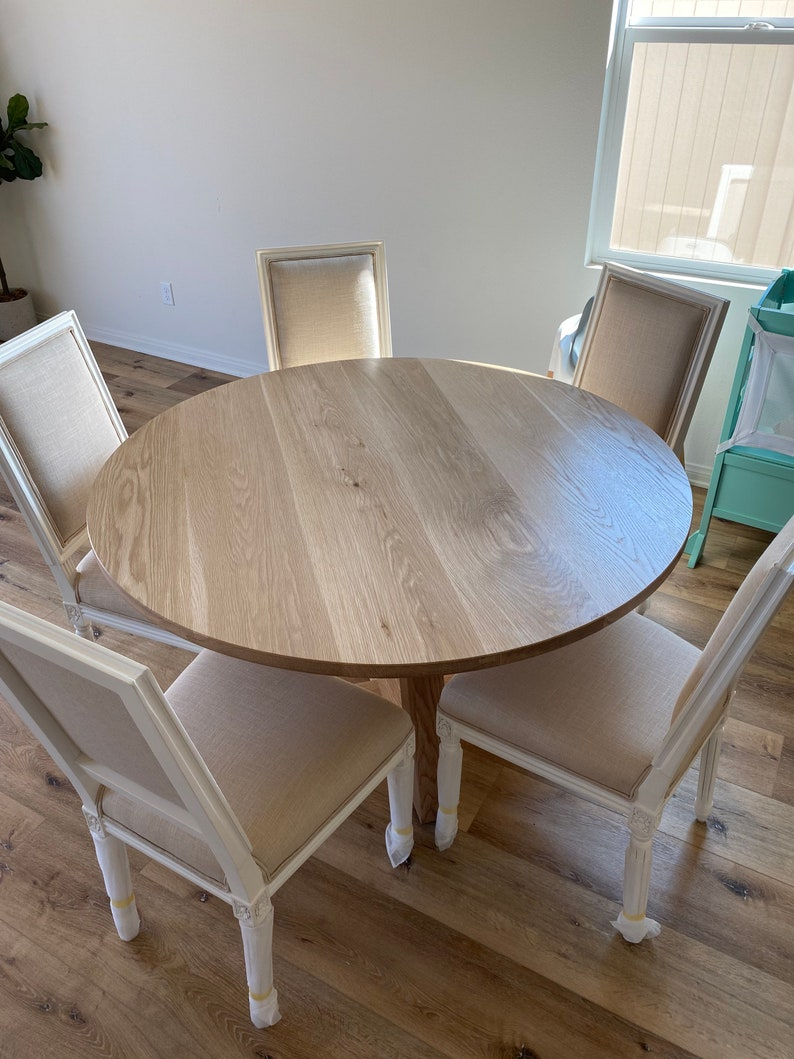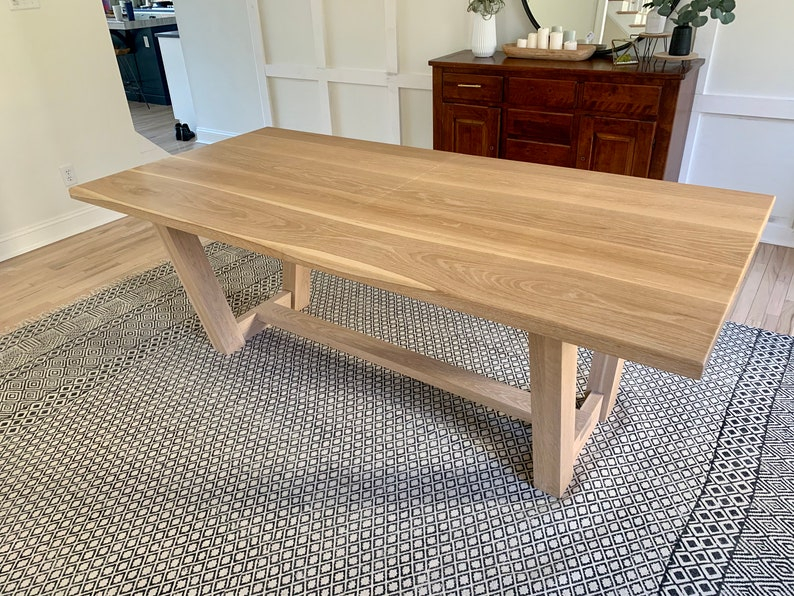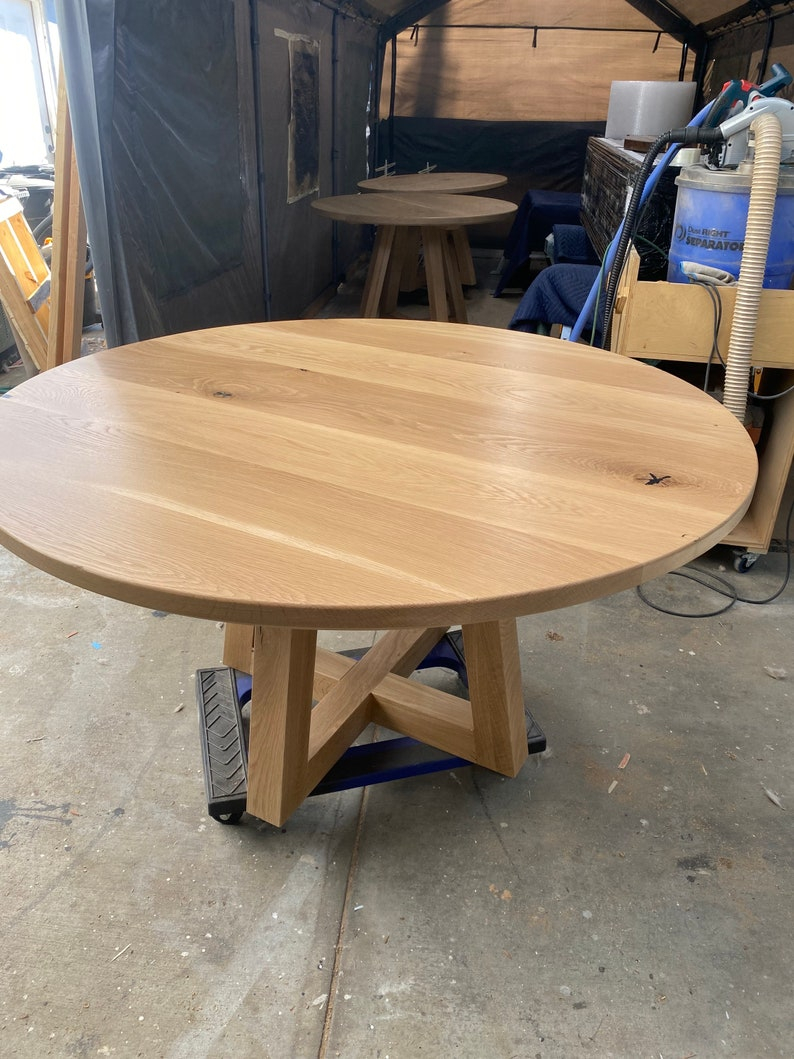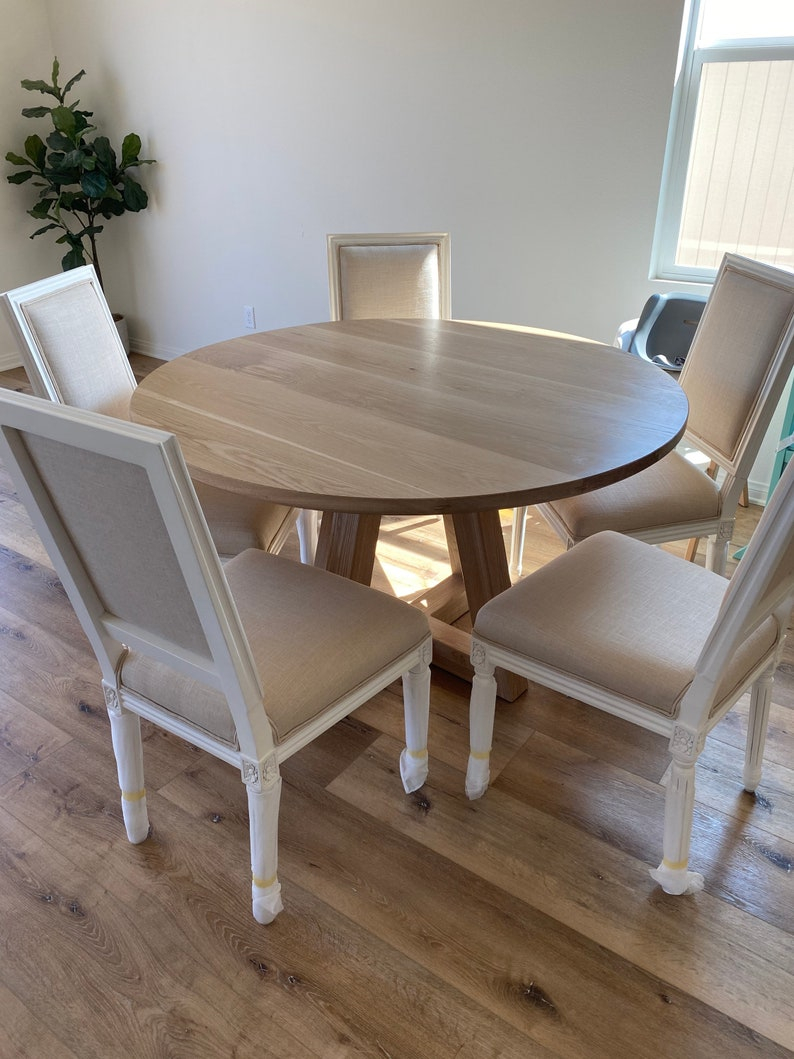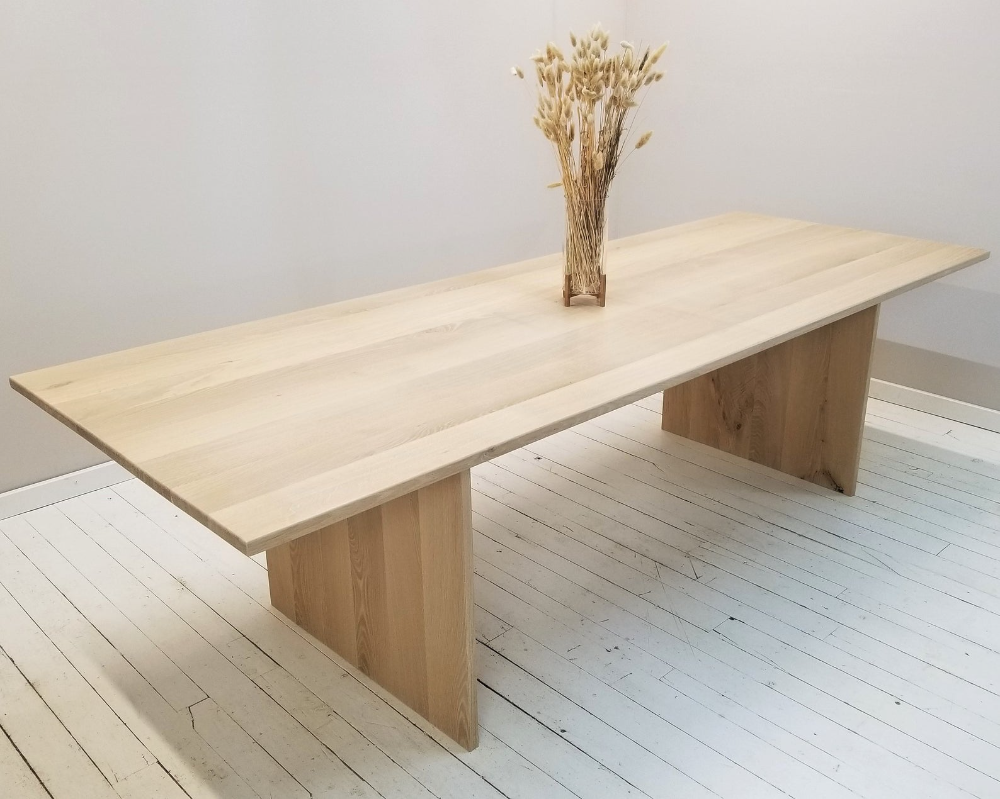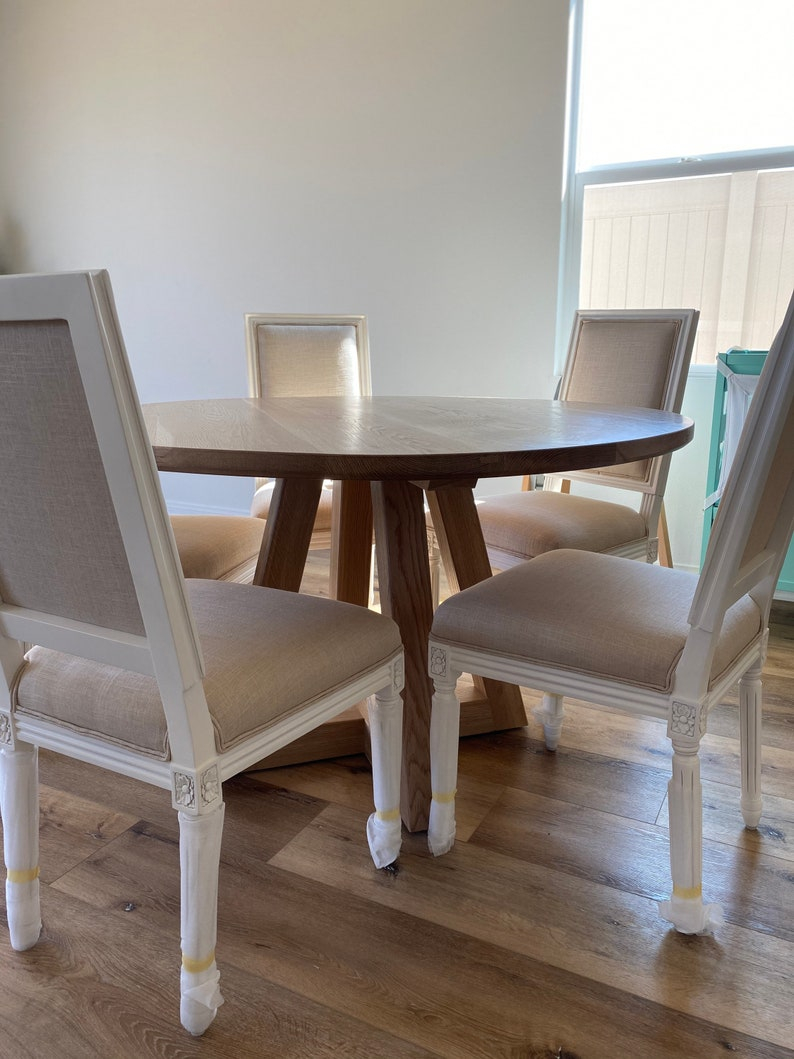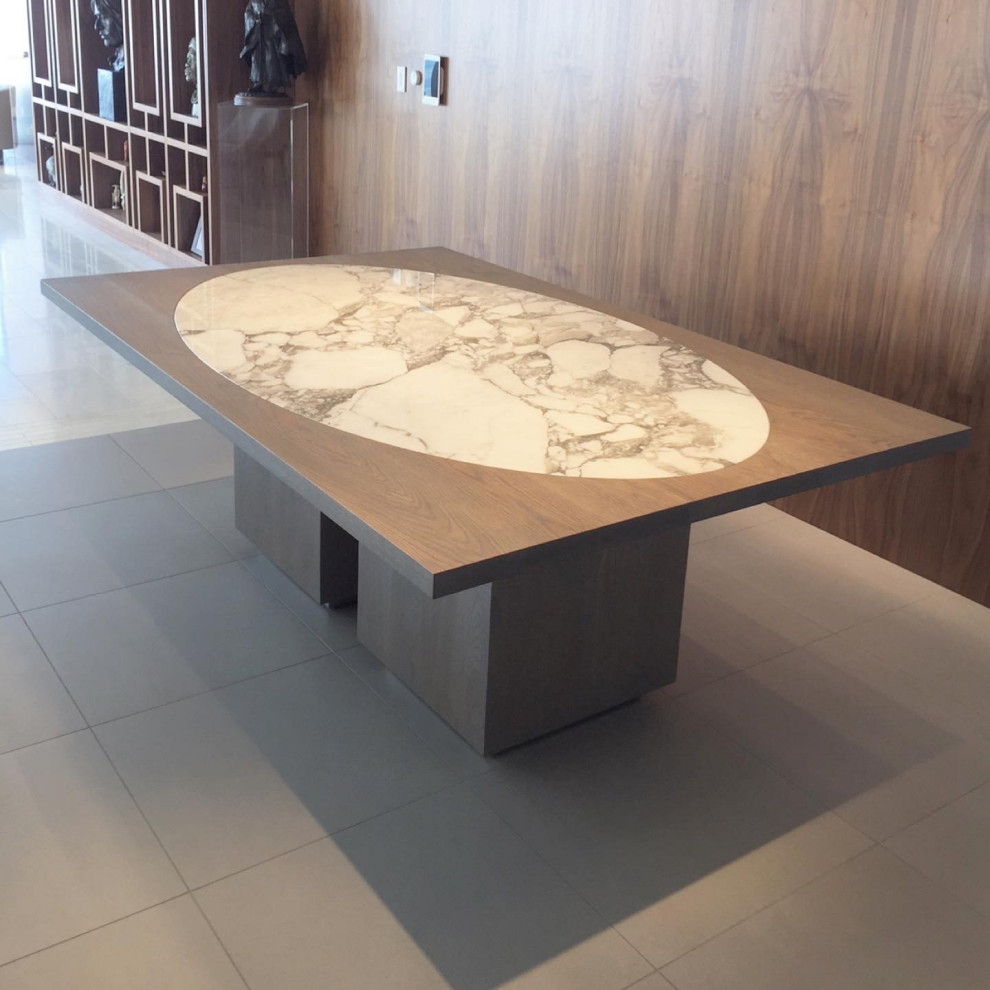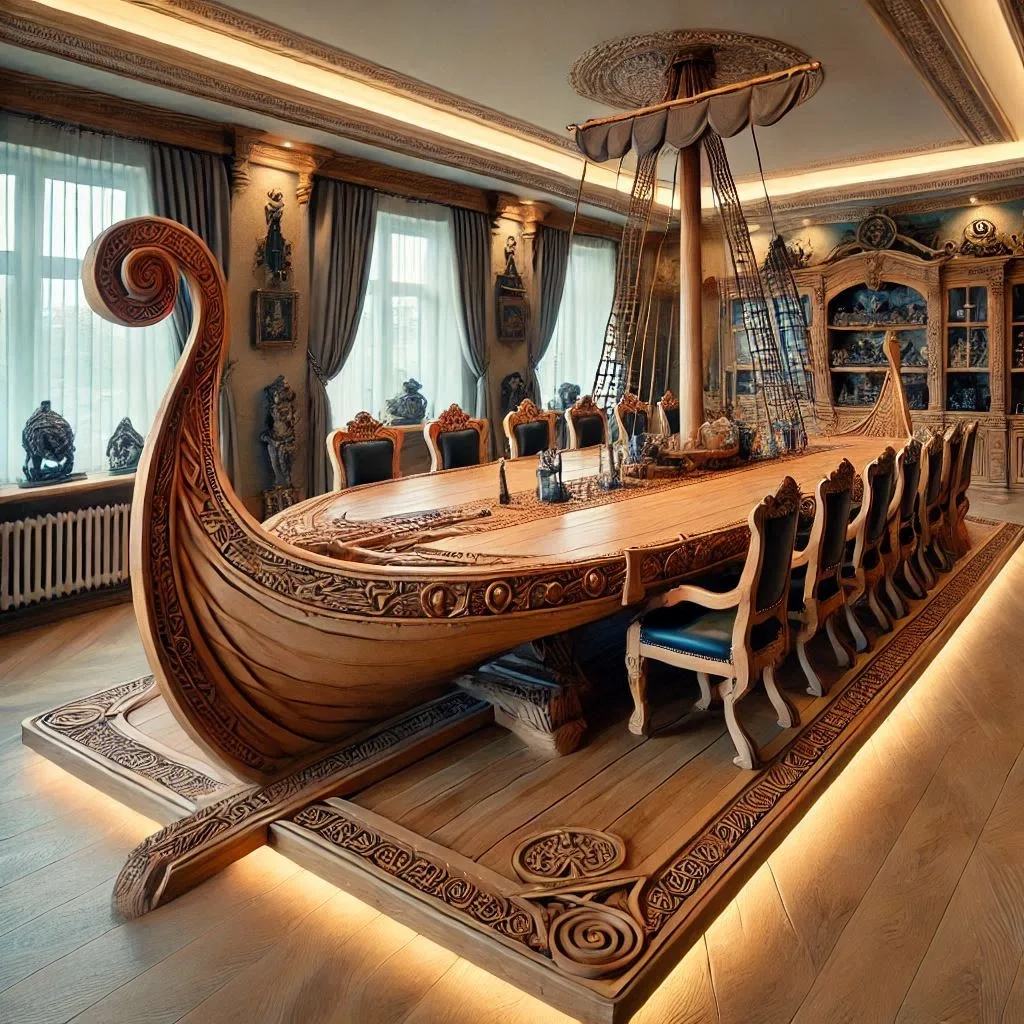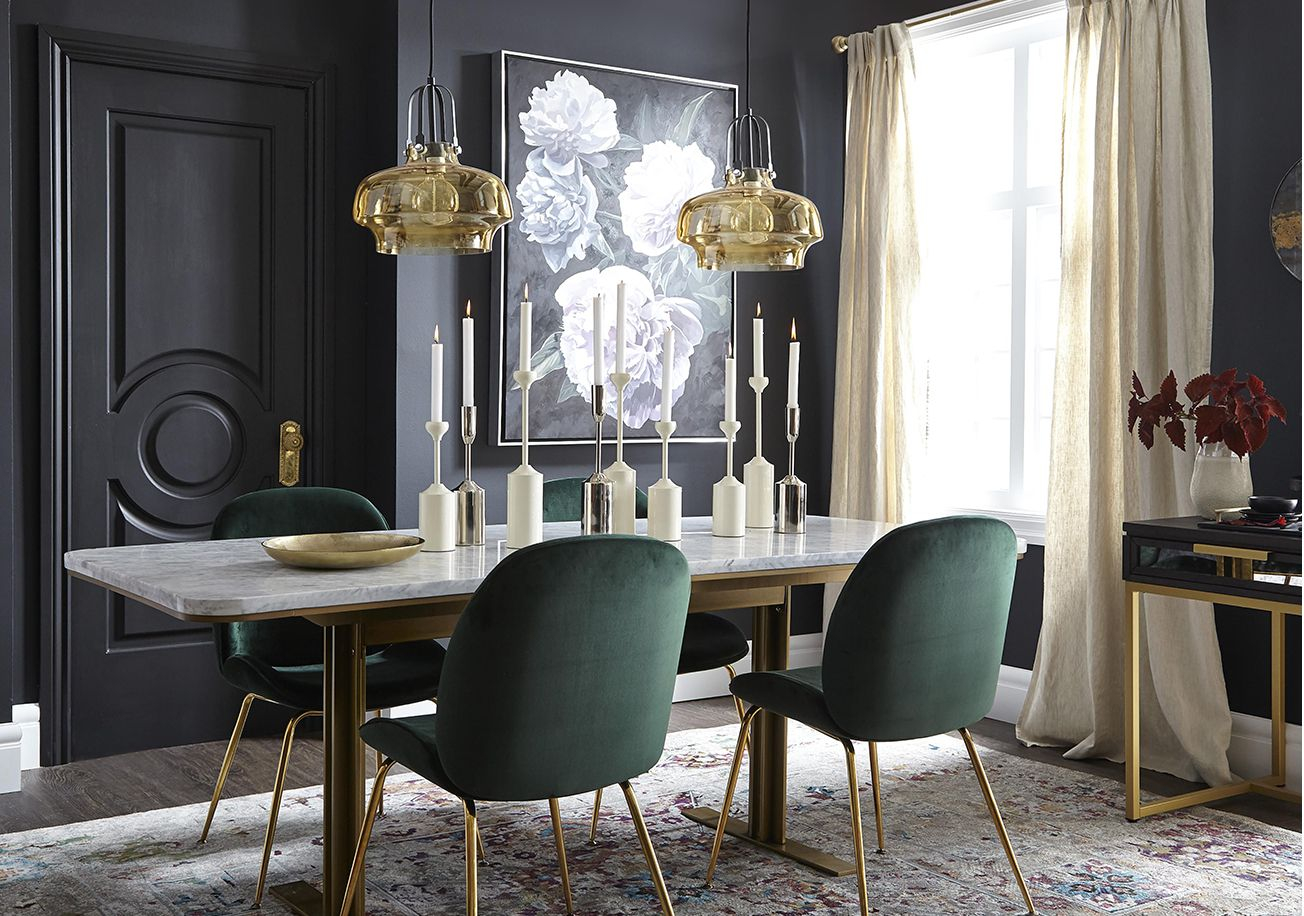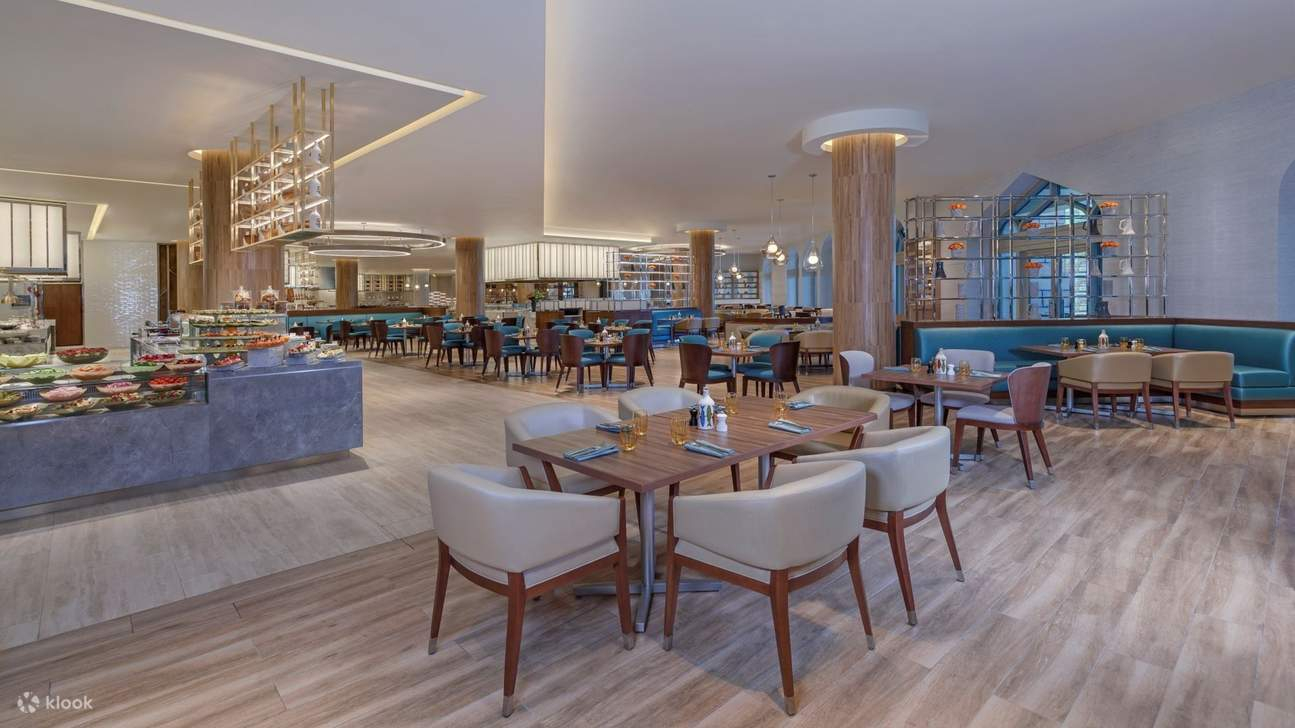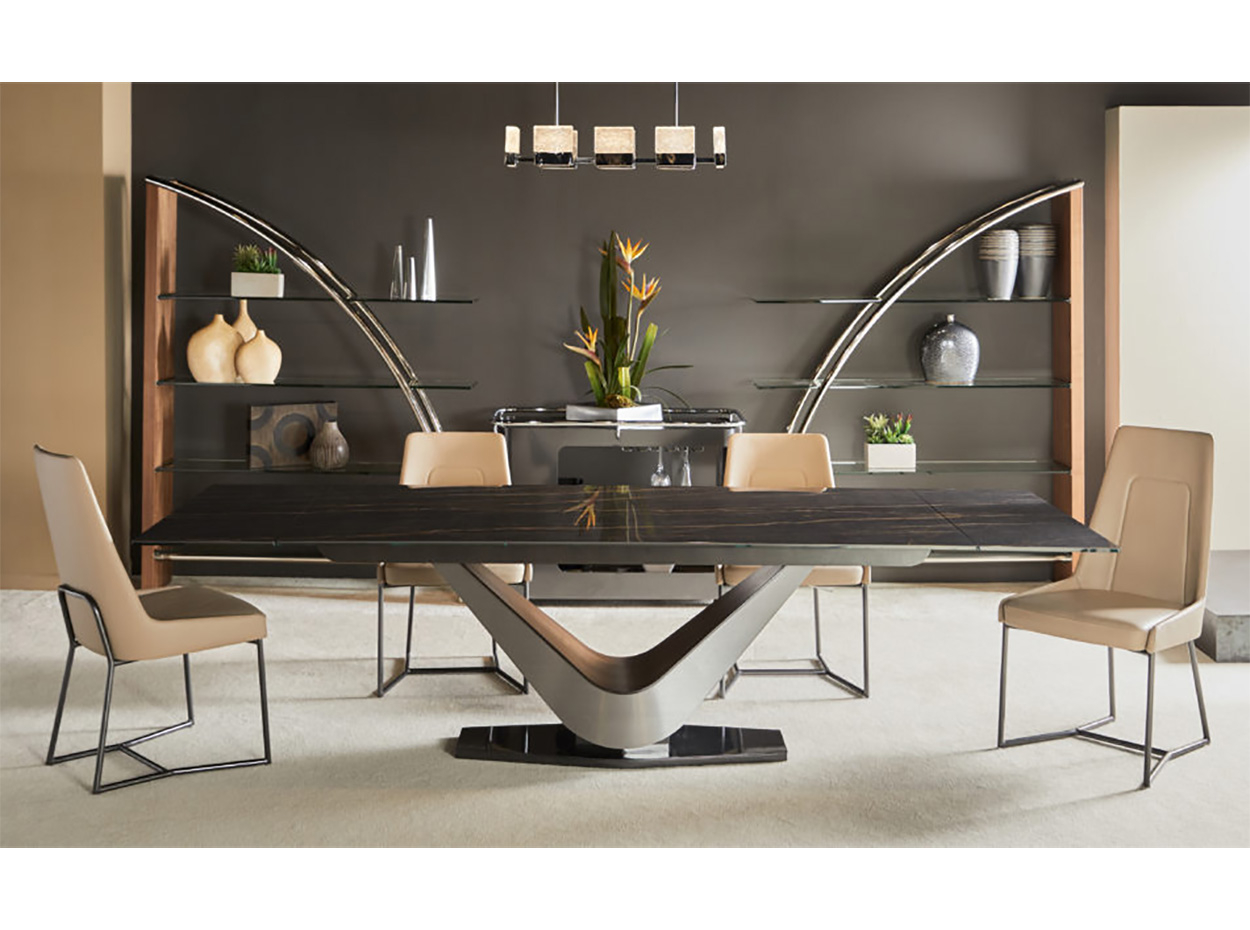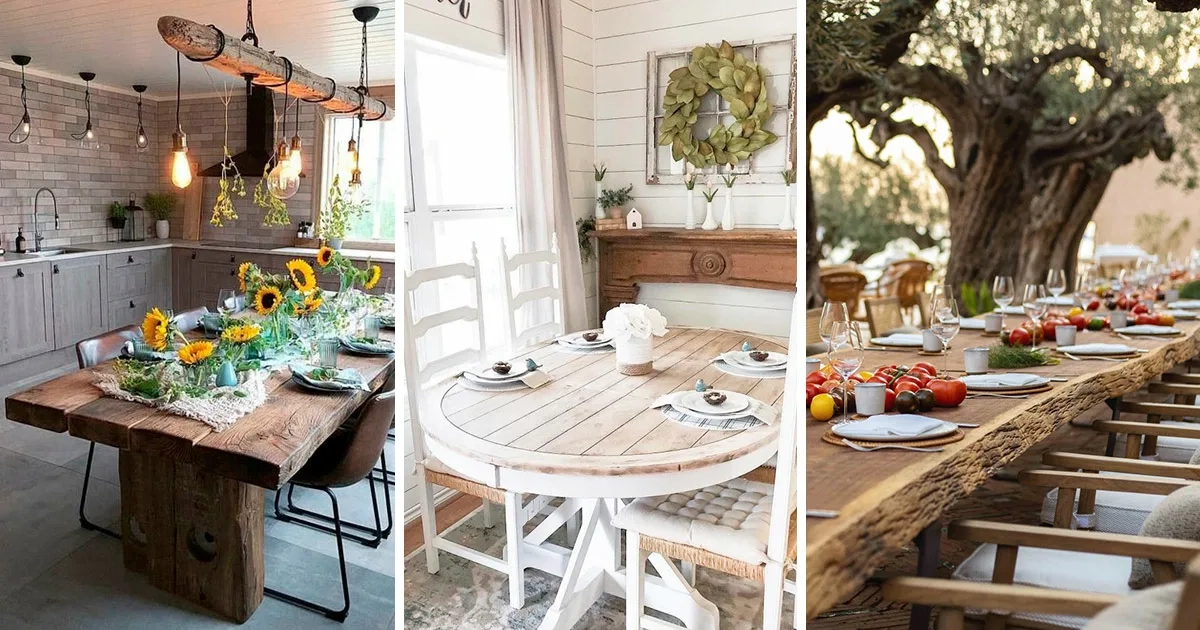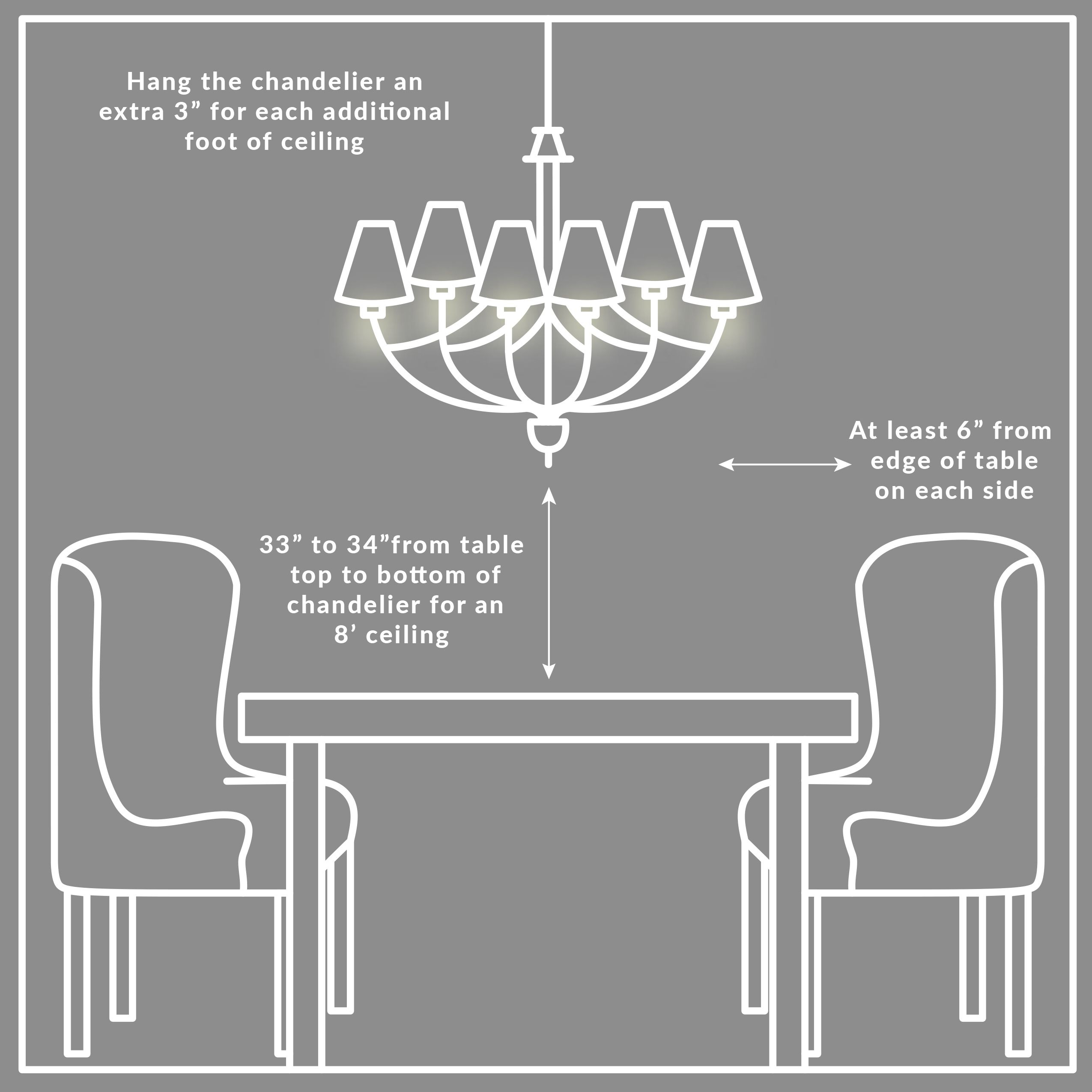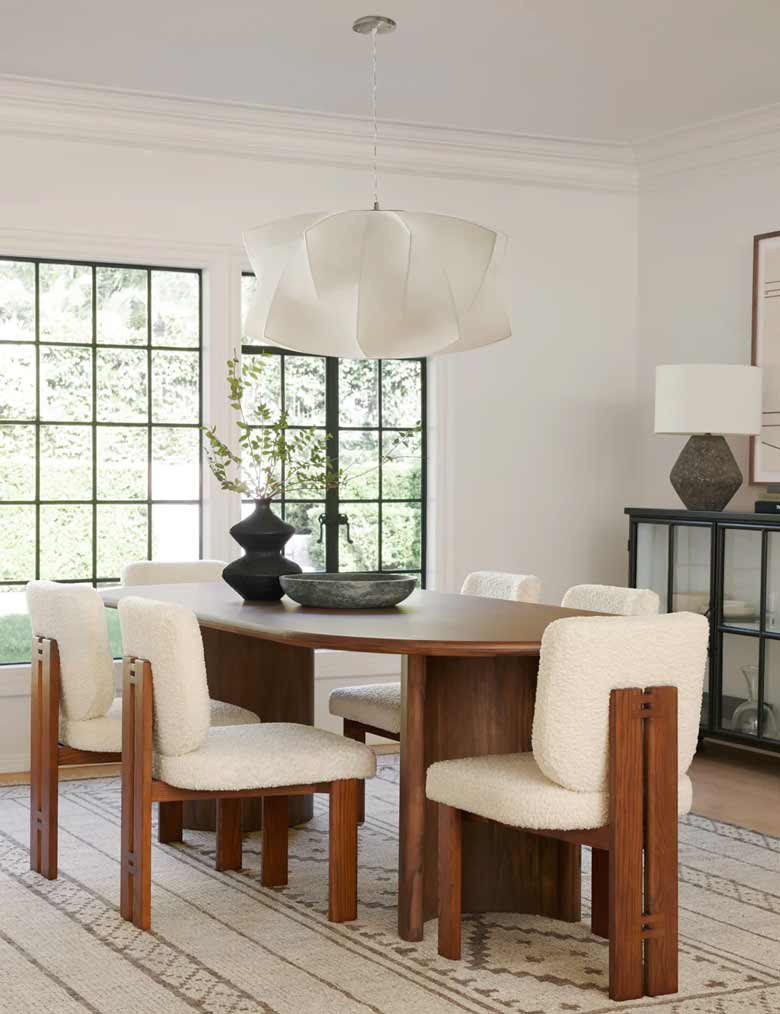White oak tables are a staple in many homes, prized for their strength, durability, and classic appeal. But the real magic happens once you decide on the finish. It’s the finish that truly dictates the table’s look, feel, and how well it holds up to everyday life. Think of it as the outfit your table wears – it needs to be both stylish and functional. We’re going to dive deep into the world of white oak finishes, going way beyond just a basic shine, and explore the vast array of possibilities that can transform a simple piece of furniture into a stunning centerpiece.
So, you’ve got a gorgeous white oak table. Fantastic choice. But have you ever looked at different white oak tables and wondered why they look so different? It’s all about the finish. The finish is like the personality of your table. Does it lean towards a warm, rustic vibe, or a sleek, modern aesthetic. It’s not just about making the wood look pretty, either. The right finish acts as a protective shield, safeguarding your table from spills, scratches, and the general wear and tear that comes with a busy household. Choosing the wrong one can lead to a finish that wears out too quickly or doesn’t quite capture the look you were going for. Let’s unpack this, shall we?
The Natural Beauty: Clear and Low-Sheen Finishes
Sometimes, the best way to showcase white oak is to let its natural beauty shine through. Clear finishes, like a simple polyurethane or a water-based lacquer, offer protection without significantly altering the wood’s color. They tend to keep the wood looking light and airy, which is perfect for Scandinavian or minimalist designs. Low-sheen options, often called matte or satin finishes, are particularly popular because they reduce glare and give the table a more sophisticated, understated look. They also tend to hide minor imperfections and fingerprints better than high-gloss finishes. Think of a gentle dewdrop on a leaf – that’s the kind of subtle beauty these finishes bring. They let the wood’s grain patterns and subtle color variations be the star of the show.
Warming It Up: Stains and Tints
If you’re aiming for a cozier, more traditional feel, stains are your best friend. Stains penetrate the wood, adding color while allowing the natural grain to show through. White oak takes stain beautifully, but it can be a bit unpredictable. The natural tannins in white oak can react with certain stains, especially oil-based ones, sometimes creating a greenish or grayish hue. This is why testing is so important. You can find stains in a huge range of colors, from light honey tones that enhance the wood’s natural warmth to deep, rich browns that evoke a sense of timeless elegance. For a truly custom look, you can even mix stains or apply multiple coats to achieve your desired depth of color. Consider a medium walnut stain for a classic dining room or a light oak stain to maintain a bright, inviting atmosphere.
The Modern Edge: Whitewashed and Gray Washes
For a more contemporary or coastal look, whitewashed and gray wash finishes are incredibly popular. These aren’t traditional stains; they’re more like a diluted pigment that sits on the surface and is often wiped off, leaving a subtle color tone while highlighting the wood grain. A whitewash can give your table a light, airy, and slightly distressed appearance, reminiscent of sun-bleached driftwood. Gray washes, on the other hand, can offer a sophisticated, slightly muted look that pairs well with modern decor. The key here is subtlety; you want to see the wood’s character peeking through the wash, not have it completely obscured. It’s about adding a touch of color and texture without overpowering the natural beauty of the oak.
Durability and Protection: Top Coats Explained
Once you’ve chosen your color or decided to go natural, the top coat is what provides the actual protection. Polyurethane is a common choice, available in oil-based and water-based varieties. Oil-based poly tends to be more durable and offers a warmer amber tone, while water-based poly dries clear and is often lower in VOCs (volatile organic compounds), making it a more environmentally friendly option. For an even more robust finish, consider a conversion varnish or a hardwax oil. Conversion varnishes are incredibly durable and resistant to chemicals and abrasion, making them ideal for high-traffic surfaces. Hardwax oils penetrate the wood and cure to a durable, yet flexible, finish that feels natural to the touch and is relatively easy to repair if scratched. It’s like adding a suit of armor, but a really good-looking one.
The Application Process: DIY vs. Professional
Applying a finish can be a rewarding DIY project, but it requires patience and attention to detail. Proper preparation is crucial – sanding the wood smooth, cleaning off all dust, and applying thin, even coats are essential for a professional-looking result. Always test your chosen finish on a scrap piece of wood first to see how it looks and dries. For those who prefer a guaranteed flawless finish or are tackling a complex stain or multiple coats, hiring a professional finisher is often a wise investment. They have the tools, experience, and controlled environment to ensure a perfect outcome. Remember, the finish is the last step, but it’s the one that makes the biggest visual impact and ensures the longevity of your table.
Maintaining Your Finished White Oak Table
Once your white oak table is beautifully finished, keeping it that way is relatively straightforward. Regular dusting with a soft, dry cloth is usually all that’s needed for daily maintenance. For spills, wipe them up immediately with a slightly damp cloth and then dry the area thoroughly. Avoid abrasive cleaners or excessive moisture, as these can damage the finish over time. For most finishes, a good quality furniture polish or wax applied periodically (every 6-12 months, depending on use) can help maintain its luster and provide an extra layer of protection. If you opt for a hardwax oil, touch-ups are often as simple as applying another thin coat to worn areas. It’s all about gentle care and consistent upkeep to keep your table looking its best for years to come.
Choosing the right finish for your white oak table is a journey, not just a decision. It’s about understanding the different options available and how they interact with the wood’s natural characteristics. Whether you prefer the subtle elegance of a clear, matte finish, the rich warmth of a stain, or the contemporary appeal of a wash, there’s a perfect finish out there for every style and every home. Don’t be afraid to experiment, test your finishes, and consider what kind of look and durability you truly desire. With the right approach, your white oak table can become a cherished piece that not only enhances your living space but also withstands the test of time, telling its own beautiful story for generations.

